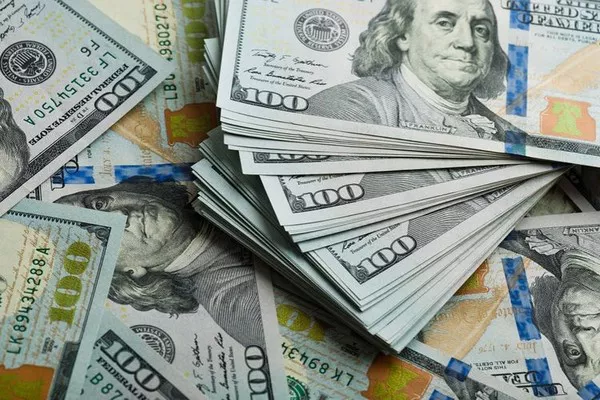The U.S. dollar commenced the final week of November with a decline, marking its most significant monthly drop in a year. Traders are closely monitoring upcoming economic indicators to glean insights into future policy rates.
Key events on this week’s calendar include a postponed OPEC+ meeting, the release of the Federal Reserve’s tracked inflation measure, consumer prices data in the euro zone and Australia, a rate decision from the Reserve Bank of New Zealand, and Chinese PMI data.
The dollar index, measuring the currency against six major peers, slipped by as much as 0.2% to 103.22, signaling a monthly loss exceeding 3%, marking its weakest performance in a year.
Colin Asher, Senior Economist at Mizuho Bank, commented on the situation, stating, “Expectations are that U.S. rates have peaked, which suggests it’s time to get out of the dollar.” He further noted, “U.S. equities have now completed four weeks in a row of gains, and that’s also weighing on safe-haven demand for the dollar.”
Traders, returning from the Thanksgiving lull, are monitoring the possibility of a peak in U.S. rates and contemplating when the first rate cuts might occur. The release of U.S. core PCE prices this week is expected to provide additional clues about the Federal Reserve’s future steps.
Jane Foley, Senior FX Strategist at Rabobank, remarked, “Investors, however, are looking through this policy and appear increasingly pre-occupied about betting on the timing and pace of rate cuts next year.” Market pricing indicates a roughly 23% chance that the Fed may begin easing monetary policy as early as March, according to the CME FedWatch tool.
In other currency developments, the British pound rose against the weaker dollar to a more than two-month high of $1.2627. This follows positive data showing that British companies reported a marginal return to growth in November after three months of contraction.
Mizuho’s Asher observed, “The most recent PMI data were good in the UK, implying that things are not as quite bleak as they seemed.” The pound is set for a roughly 3.8% gain for the month, marking its largest monthly gain since November last year.
The dollar fell 0.2% to 149.08 yen, while the euro gained 0.1% to $1.0941. The Australian dollar climbed to a more than three-month high of $0.66, and the kiwi edged 0.1% higher to $0.6091 ahead of the RBNZ interest rate decision on Wednesday.
In China, the yuan slipped after the official midpoint broke a five-session strengthening streak, with the onshore yuan last at 7.1518 per dollar. Its offshore counterpart fell 0.1% to 7.1579 per dollar. Before market opening, the People’s Bank of China set the midpoint rate at 7.1159 per dollar, 8 pips weaker than the previous fix of 7.1151.


